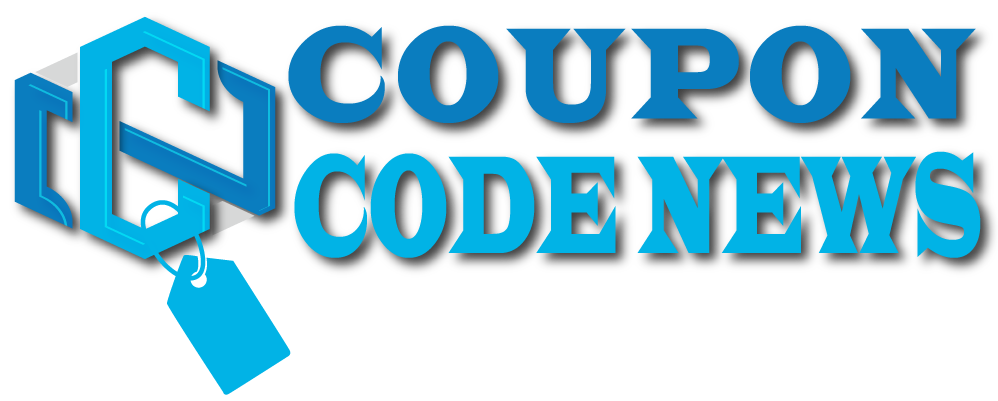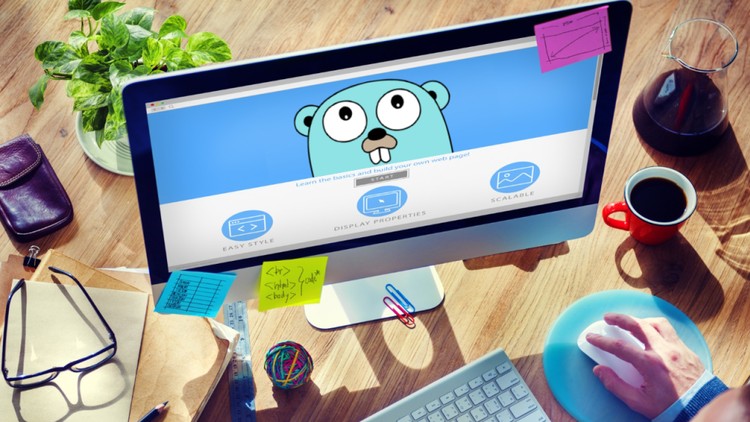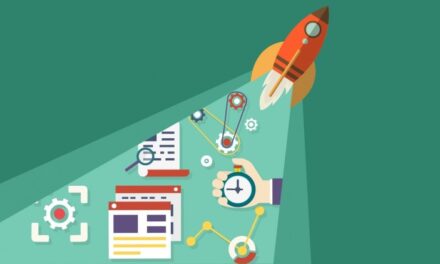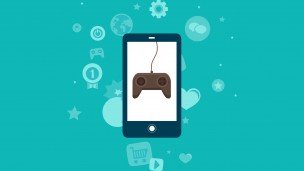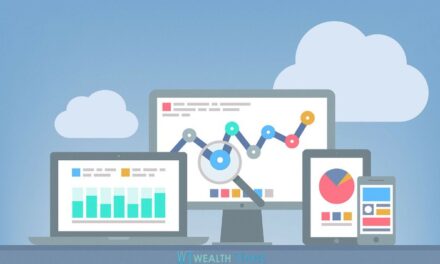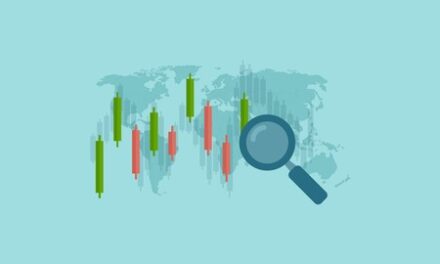2 Course in 1. Learn the Fundamentals of The Go Programming Language & Go Recipes.
Summary
This course offers a comprehensive introduction to the Go programming language, divided into two parts: fundamentals and advanced topics through practical examples known as “Go Recipes.” The first part covers Go’s core concepts, including functions, types, conditionals, and loops, as well as object-oriented programming, concurrent programming with channels, and networking features. It is designed for individuals with a basic understanding of programming.
The second part, “Go Recipes,” delves into more advanced applications of Go, providing step-by-step instructions for common projects. It addresses working with slices, maps, error handling, panic recovery, time manipulation, text processing, and using structs, methods, and interfaces. The course also covers working with JSON, HTTP, and the benefits of concurrent programming.
Go, or Golang, is a modern programming language developed by Google, known for its simplicity, reliability, and efficiency. It features a clean syntax and a robust standard library, making it suitable for a wide range of applications. Many prominent companies, such as Facebook, Google, and Github, use Go for backend software.
This course aims to equip learners with a solid understanding of Go, suitable for both personal and professional development, making it ideal for programmers, developers, and anyone interested in learning Go.
What You’ll Learn
- Learn the fundamentals of Go and syntax.
Requirements
-
Basic understanding of programming
Description
Welcome to this two part course on learning Go, the programming language from Google. In this 2 part course we’ll go over the fundamentals of Go and then get into Go Recipes.
We’ll start things off with the fundamentals of Go. We’ll cover most of the language and learn many of the concepts that underlie this programming language.
In course two, we get into more advance topics. You’ll be introduced to Golang Recipes. Which shows examples of how the Go programming language can be used
We’ll walk you through common Go projects with “recipes,” or step-by-step instructions. We’ll go over some basics, such as Go slices, maps, error handling, and panic recovery.
We’ll then get into how to measure, format, parse, and convert time in Go. We’ll go over ways you can work with text in Go. Then demonstrate using structs, methods, and interfaces to improve your code.
We’ll discuss working with JSON and HTTP, then concludes by describing the benefits of bringing concurrent instructions to your apps.
Go – also known as Golang – is an open source programming language developed by Google in 2007. Go makes it easy to build simple, reliable, and efficient software.
Go is a programming language with modern features, clean syntax and a robust well-documented common library, making it an ideal programming language to learn. Go can be used for anything, meaning developers who learn Go can use it wherever they want.
Quite a few large companies are starting to make the switch over to Go and there are many that already use it for parts of their backend software. Some companies that use Go are: Facebook, Google, Github, 99designs and many more.
This is a great course to jumpstart your learning journey with Go, whether you want to learn it for personal or professional reasons. This course touches on all of the basics so that you will have good understanding of the Go programming language.
Who this course is for
- Programmers
- Developers
- Anyone interested in learning the Go Programming Language
